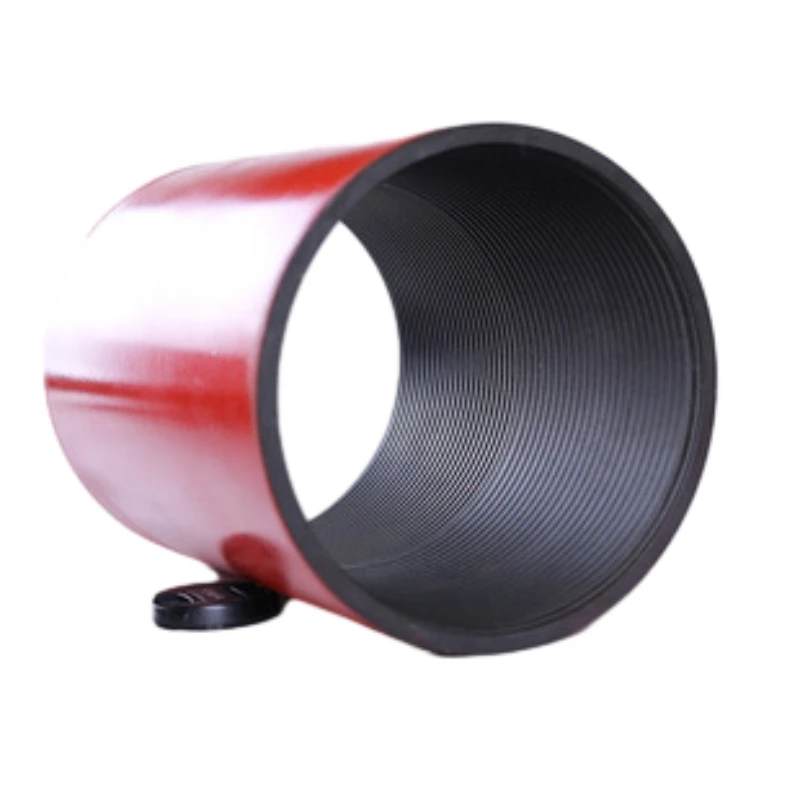- Afrikaans
- Albanian
- Amharic
- Arabic
- Armenian
- Azerbaijani
- Basque
- Belarusian
- Bengali
- Bosnian
- Bulgarian
- Catalan
- Cebuano
- Corsican
- Croatian
- Czech
- Danish
- Dutch
- English
- Esperanto
- Estonian
- Finnish
- French
- Frisian
- Galician
- Georgian
- German
- Greek
- Gujarati
- Haitian Creole
- hausa
- hawaiian
- Hebrew
- Hindi
- Miao
- Hungarian
- Icelandic
- igbo
- Indonesian
- irish
- Italian
- Japanese
- Javanese
- Kannada
- kazakh
- Khmer
- Rwandese
- Korean
- Kurdish
- Kyrgyz
- Lao
- Latin
- Latvian
- Lithuanian
- Luxembourgish
- Macedonian
- Malgashi
- Malay
- Malayalam
- Maltese
- Maori
- Marathi
- Mongolian
- Myanmar
- Nepali
- Norwegian
- Norwegian
- Occitan
- Pashto
- Persian
- Polish
- Portuguese
- Punjabi
- Romanian
- Russian
- Samoan
- Scottish Gaelic
- Serbian
- Sesotho
- Shona
- Sindhi
- Sinhala
- Slovak
- Slovenian
- Somali
- Spanish
- Sundanese
- Swahili
- Swedish
- Tagalog
- Tajik
- Tamil
- Tatar
- Telugu
- Thai
- Turkish
- Turkmen
- Ukrainian
- Urdu
- Uighur
- Uzbek
- Vietnamese
- Welsh
- Bantu
- Yiddish
- Yoruba
- Zulu
well casing coupling
Understanding Well Casing Couplings An Overview
Well casing is a crucial component in the drilling and completion of oil and gas wells. It consists of several sections of steel pipe that are installed in the wellbore to provide support, ensure stability, and protect both the well and the surrounding environment. One essential part of the casing system is the coupling, which serves as the connection between individual casing joints. In this article, we will delve into the significance of well casing couplings, their types, applications, and key considerations for selecting the right coupling for a specific well.
What is a Well Casing Coupling?
A well casing coupling is a short length of pipe with internal threads that connects two pieces of casing. The primary function of these couplings is to ensure a secure, leak-proof joint between casing sections, which is vital for maintaining the integrity of the well. Given the harsh conditions encountered during drilling and the significant pressures experienced in deep wells, couplings must be engineered to provide reliability and durability.
Types of Well Casing Couplings
Various types of couplings are used in the oil and gas industry, each designed for specific applications and environments. The most common types include
1. Regular Couplings These are standard couplings used for most applications. They are usually made from carbon steel and are designed to handle typical pressures and loads encountered in many well environments.
2. Heavy Wall Couplings These couplings have a thicker wall, which allows them to withstand greater pressures. They are often used in high-pressure or high-temperature wells where the risk of failure must be minimized.
3. Threaded Couplings Threaded couplings feature threads on the internal surface, allowing them to screw onto the casing ends securely. This type is particularly useful in situations requiring a tight seal to prevent fluid leakage.
4. Butt Weld Couplings These couplings are welded onto the casing ends, creating a strong, permanent connection. They are less common than threaded couplings but can provide additional strength in certain applications.
5. Specialty Couplings In some cases, couplings are designed for specific purposes, such as non-corrosive environments or for use with specialized casing materials. These may be used in offshore drilling operations or in wells with particular geological challenges.
Applications of Well Casing Couplings
Well casing couplings are used in various stages of well construction, including
well casing coupling

- Drilling Phase During drilling, couplings connect sections of casing to provide support and protect the borehole. This is crucial for stabilizing the formation and preventing collapses.
- Completion Phase After drilling, the well is completed by setting the casing in place
. Couplings ensure that the casing sections are securely linked, providing a barrier against formation fluids and enabling efficient production.- Production Phase Once the well is operational, couplings maintain the integrity of the casing against the pressure of hydrocarbon production. Their reliability is essential for the safety and efficiency of the operation.
Selecting the Right Well Casing Coupling
When selecting couplings for a well, several key factors must be considered
1. Pressure and Temperature Understanding the pressure and temperature conditions of the well is critical. Couplings must be rated to handle the anticipated extremes.
2. Material The material of the coupling should be compatible with the casing and the fluids involved in the application. Corrosion-resistant materials may be necessary in certain environments.
3. Thread Type The compatibility of thread types between casing sections and couplings is essential for ensuring a proper fit.
4. Regulatory Compliance Ensuring that the couplings meet industry and safety standards is crucial for minimizing risks during drilling and production operations.
5. Cost and Availability Finally, considering the budget and the availability of materials is vital for project planning.
Conclusion
Well casing couplings play an essential role in the oil and gas industry, providing the necessary connections between casing sections to ensure the integrity and safety of well operations. Understanding their types, applications, and selection criteria is crucial for engineers and drilling professionals to optimize well construction and avoid costly failures. As technology advances and drilling practices evolve, the role of couplings will continue to be a fundamental aspect of efficient and safe oil and gas extraction.
-
Tubing Pup Joints: Essential Components for Oil and Gas OperationsNewsJul.10,2025
-
Pup Joints: Essential Components for Reliable Drilling OperationsNewsJul.10,2025
-
Pipe Couplings: Connecting Your World EfficientlyNewsJul.10,2025
-
Mastering Oilfield Operations with Quality Tubing and CasingNewsJul.10,2025
-
High-Quality Casing Couplings for Every NeedNewsJul.10,2025
-
Boost Your Drilling Efficiency with Premium Crossover Tools & Seating NipplesNewsJul.10,2025







